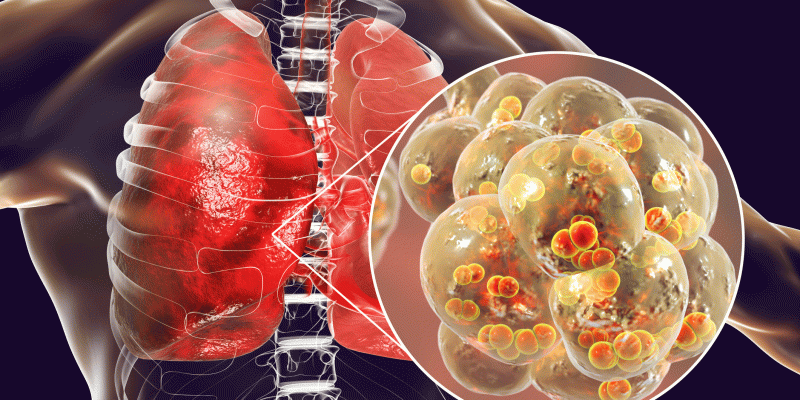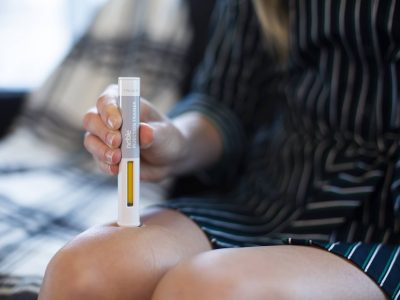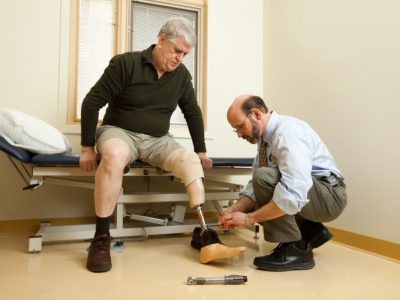
Getting sick with pneumonia is like playing a mystery box game – you just never know what you are going to get until you have it already. Pneumonia is a lung disease that can range from mild (which is troublesome but manageable) to so severe that you need to be hospitalized for a couple days. Pneumonia is an infection caused by viruses, bacteria, or fungi, and it can affect one or both lungs. Anyone can get pneumonia, but it is young children, older adults, and those who have pre-existing conditions that weaken the immune system who are at greater risk of developing the disease. To learn more about pneumonia, this article will discuss pertinent information such as symptoms, types, and pneumonia treatments in Singapore (https://iplungclinic.com/condition/pnuemothorax-pleural-diseases/). We will also discuss some post-pneumonia recovery tips that you can follow.
Symptoms of pneumonia
It is easy to confuse pneumonia with a cold or flu because the initial symptoms are quite similar: fever accompanied by sweating and chills, fatigue, body malaise, and cough. Pneumonia, however, is a much serious condition than a common cold or flu because of its nature as an infection. The infection targets the alveoli, or the air sacs of the lungs. Imagine these tiny air sacs getting filled with pus and other fluids and you would understand why some of the main symptoms of pneumonia are difficulty in breathing, serious congestion, and chest pain when breathing and coughing. The inflammation and swelling of the alveoli also result in shortness of breath and a cough that produces yellow, green, or in worse cases, even blood-tinged phlegm. Older adults who have pneumonia have also been observed to be suffer confusion or delirium as well as nausea and vomiting.
Furthermore, pneumonia symptoms are longer-lasting than cold and/or flu symptoms. If left untreated for too long, pneumonia can permanently damage the lungs or cause other health complications like:
- Sepsis, a severe and uncontrolled inflammation that can lead to multiple organ failure.
- Respiratory failure, a condition that makes it hard for a person to breathe on their own. It occurs when the lungs is not capable of getting enough oxygen into the blood, so you may need to use a breathing machine called a ventilator for support. There is a more severe form of respiratory failure (and another pneumonia complication) known as Acute Respiratory Distress Syndrome, or ARDS. ARDS occurs when fluid has leaked into the lungs, thus effectively blocking the flow of oxygen into the body and renders breathing difficult.
- Abscesses in the lung, which occurs when the pus-filled pockets form around or inside the lung. This is a rare but severe complication of pneumonia and sometimes, surgery may be needed to drain the abscesses.
Other symptoms may also be present depending on a person’s age and overall physical health. Infants typically do not display any symptom but they may vomit, appear lethargic, have trouble eating or drinking, and may seem to temporarily cease breathing while they are asleep. Pneumonia patients under the age of five may exhibit fast breathing or wheezing while adults who have mild symptoms may have a below-than-normal body temperature.
It is also worth noting that pneumonia caused by a bacterial infection usually happens suddenly, with fever and fast breathing as the first symptoms. When pneumonia is caused by viruses, the symptoms tend to appear more gradually, are less severe, and can improve in one to three weeks even without treatment.
Types of pneumonia
The types of pneumonia are dependent on the infectious agent – bacteria, virus, or fungi. Bacterial pneumonia is caused by many different strains of bacteria, but the most common is Streptococcus pneumoniae (S. pneumoniae). The pneumonia caused by a bacterial strain is referred to in medical circles as pneumococcal pneumonia. The culprits for virus-caused pneumonia include influenza types A and B and the respiratory syncytial virus. There is also fungal pneumonia caused by the Coccidioides fungus. The fungi usually comes from bird droppings or soil and this is most often the cause of pneumonia in people who have a weakened or compromised immune system.
Other types of pneumonia that are not caused by bacteria, virus, or fungi are aspiration pneumonia and hospital-acquired pneumonia. The former is a result of directly inhaling liquids, food components, or stomach contents in the lungs, while the latter occurs in hospital patients who are undergoing treatment for other conditions that involved the use of a breathing machine or respirator.
Pneumonia treatments in Singapore
The ultimate goal of pneumonia treatments is simple: to cure the infection and at the same time, prevent complications. The treatment for pneumonia also vary depending on the type of pneumonia a person has, their age, and whether they have other existing health conditions.
Patients with bacterial pneumonia will be prescribed with an antibiotic and will be advised to finish all of it even if their condition has improved after a couple of days. The reason for this is to prevent the infection from becoming resistant to the drug. For viral pneumonia, the typical antibiotics do not work. Instead, there is anti-viral medication to treat it. In mild cases, though, a full rest and proper symptom management are enough.
Cough medicine and cough suppressant may be used to “calm” the cough and provide relief. For fever, body pain, and other similar symptoms, aspirin, acetaminophen, and non-steroidal anti-inflammatory drugs (NSAIDs) can help. Aspirin, however, is not recommended for children.
Aside from treating pneumonia awith medication, your doctor will also advise you to increase fluid intake to help soften secretions and loosen the phlegm and get plenty of rest and sleep. If you are a smoker or lives with one, you should stay awake from smoke until your lungs are fully recovered.
Your road to recovery
Time is essential when recovering from pneumonia, so do not try to rush it! While some people recover early and are able to resume their normal activities within a week, other need a couple of week, a month, or more. A sufficient amount of rest is vital to make consistent progress towards full recovery and of course, to prevent a relapse. If possible, during the recovery period, try not to engage in close contact with other people to stop pneumonia germs from spreading. Follow the basic infectious disease protocol: wear a mask if you are in the presence of others, cover your nose and mouth when you cough, and sanitize your hands properly and often.
IP Lung Clinic
Interventional Pulmonology & lung Clinic
Mount Elizabeth Medical Centre, 3 Mount Elizabeth, #12-03, Singapore 228510
+65 9023 0158
akashverma100@hotmail.com










